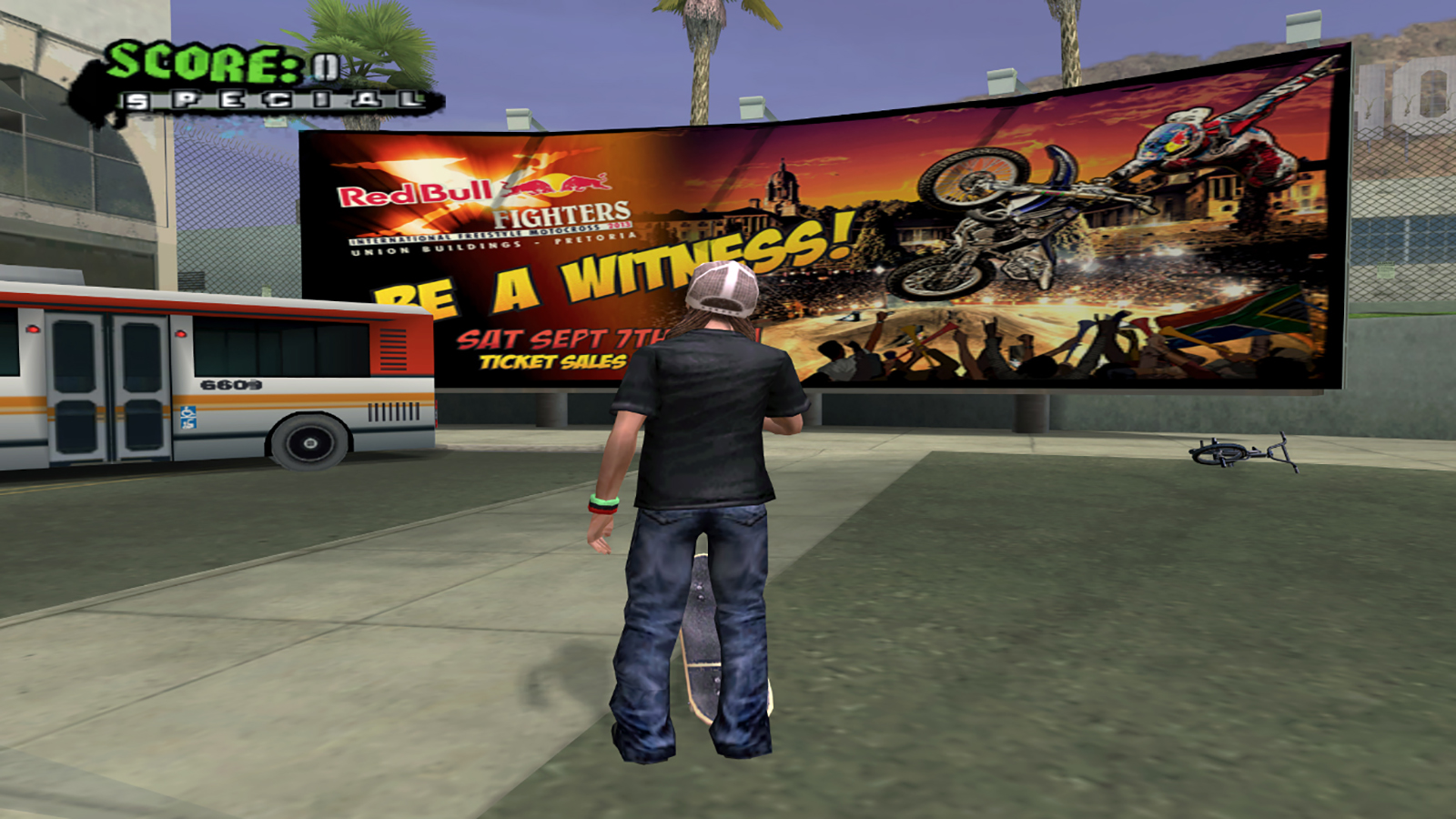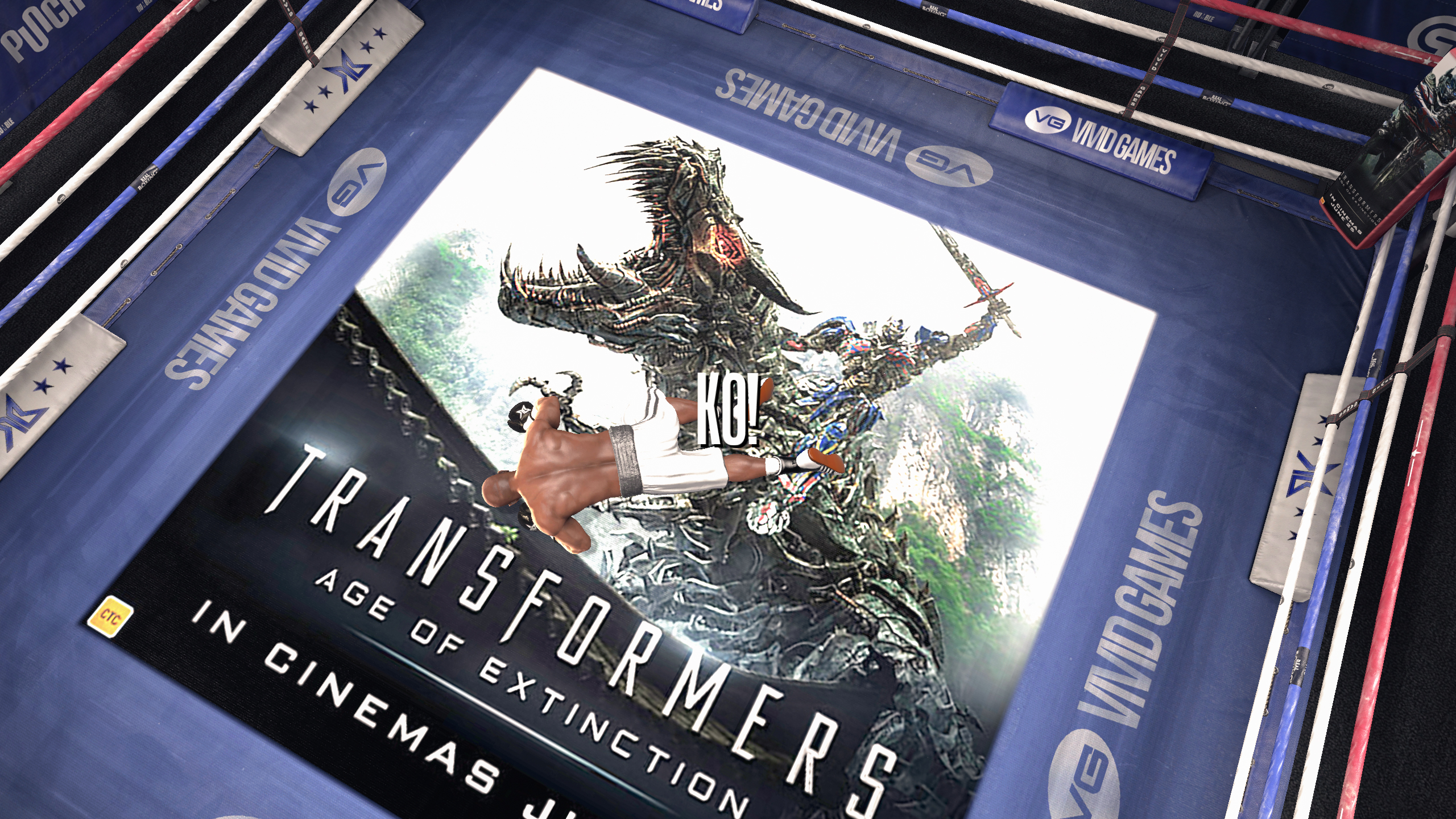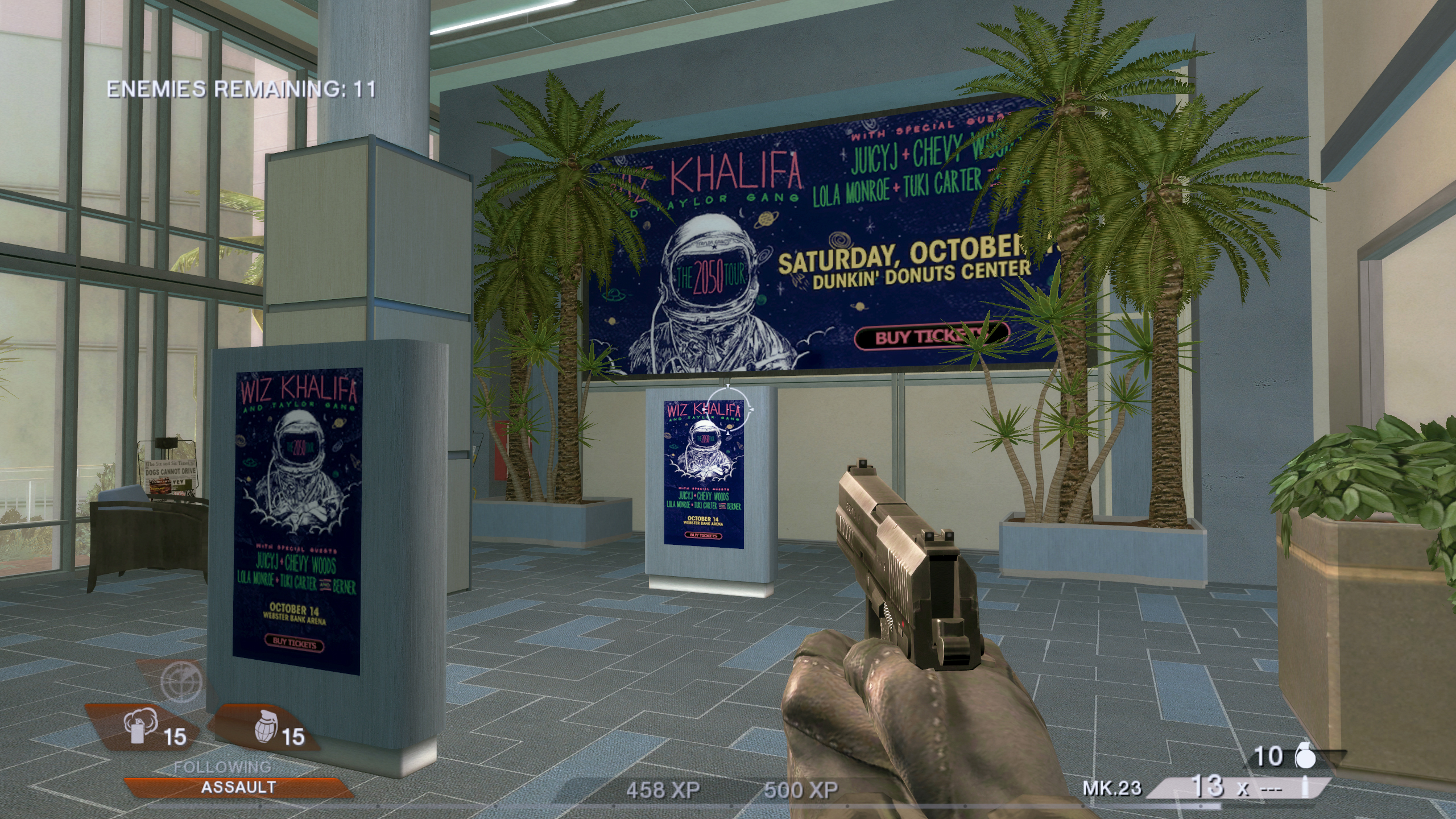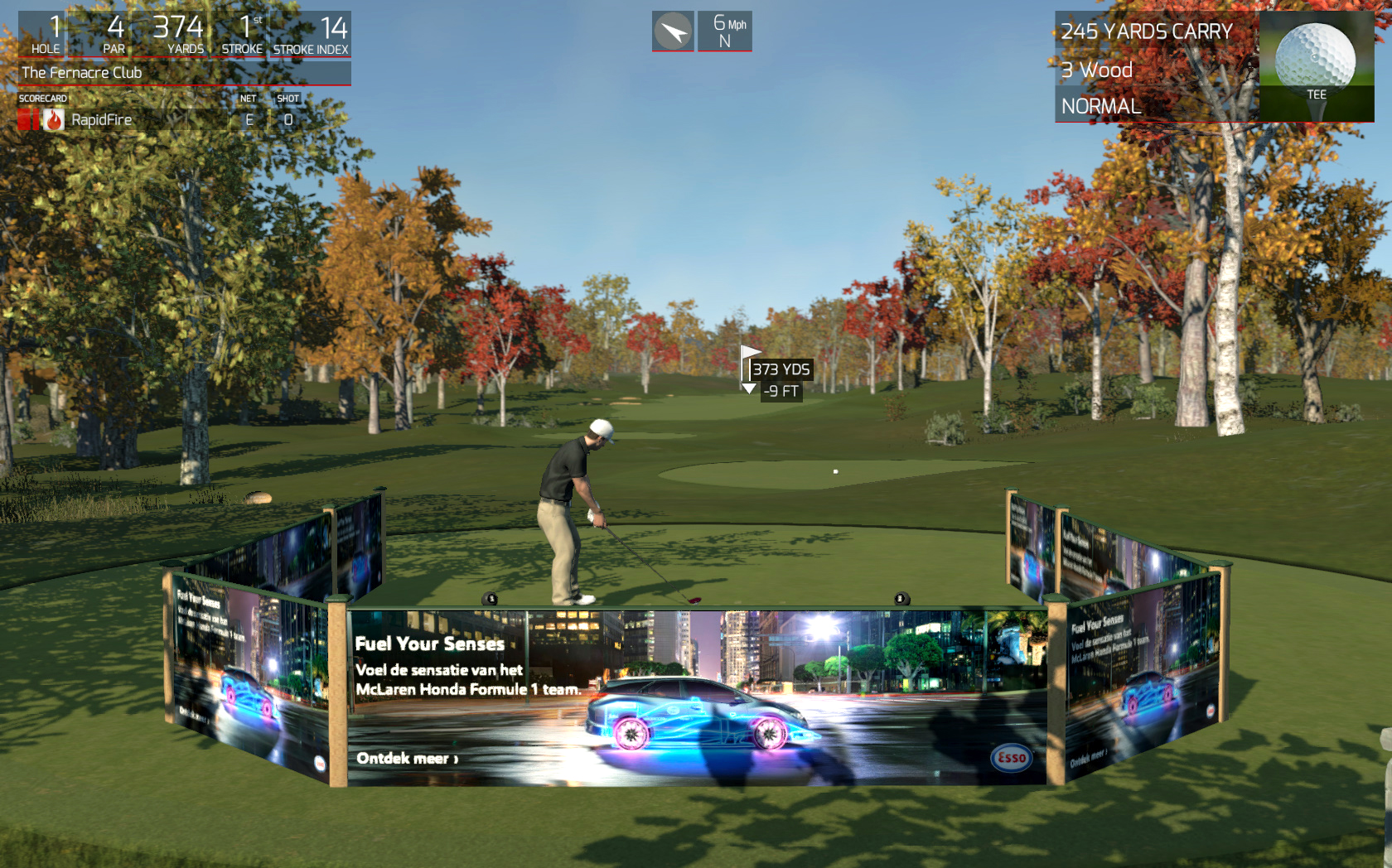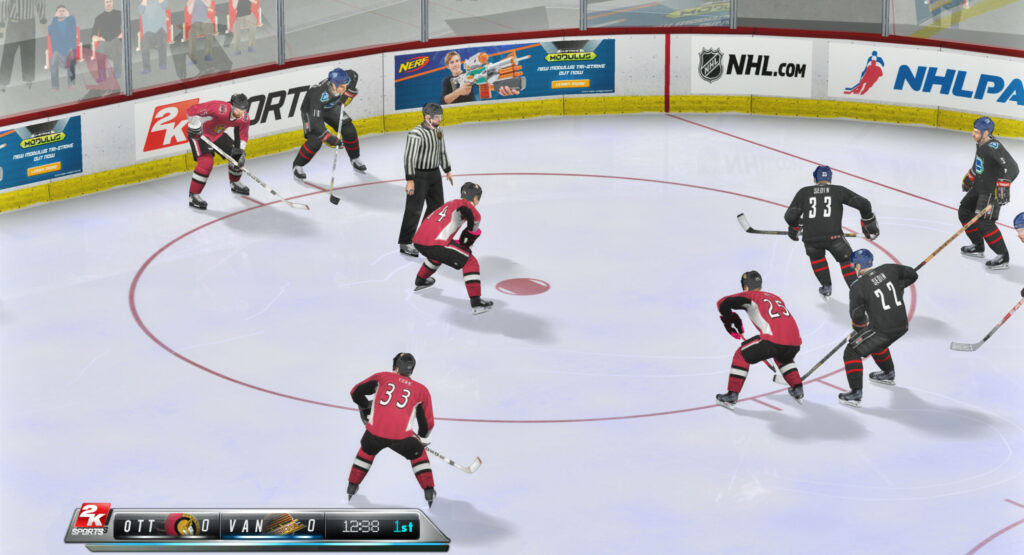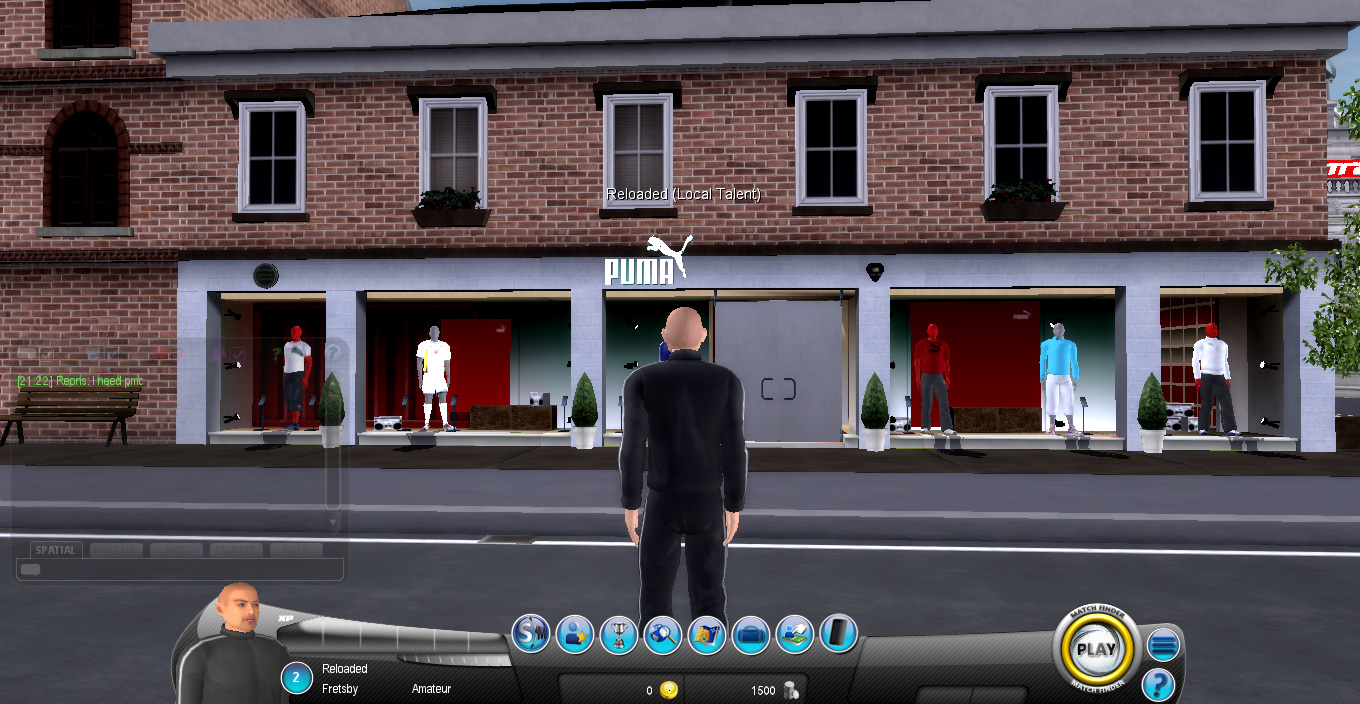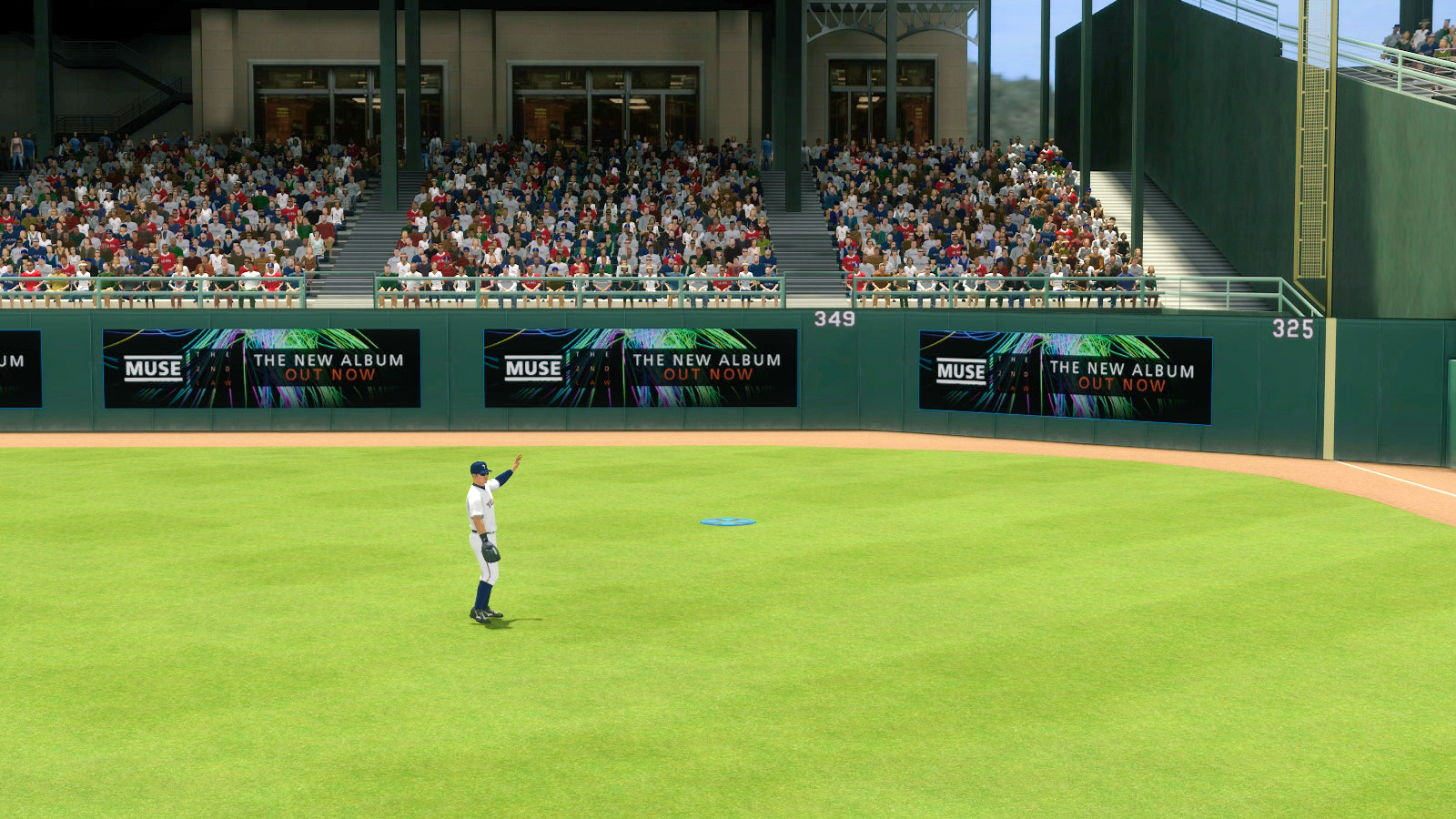What’s unique about In-Game Advertising compared to other types of advertising channels, is that the audience (Gamers) typically embrace the ads and enjoy them, as it helps add realism to the video game environments. Study after study has shown that the vast majority of gamers enjoy seeing in-game ads, and could actually clearly recall the ads after seeing them.
Despite this majority though, there is a small yet vocal population of gamers who don’t enjoy in-game advertising, as they feel that paying for a video game should exclude them from being served advertisements. This same group of gamers also want the biggest, best, and highest budget games to play…giving little thought as to how these games are financed or what goes into creating a hit game.
Video games can be incredible expensive to produce and develop, with average costs of between $18-28 Million for a multi-platform console game. In-Game Advertising, especially Dynamic In-Game Advertising, can help game developers and publishers recoup some of this development cost, which can then be used to produce even better games and help finance fan-favorite sequels. And if the in-game advertising is done correctly and implemented in a proper way, then there is very little interruption to the game playing experience…especially if companies such as ourselves at RapidFire stick to the common format of billboard type ads in the background then there is practically zero disruption to the game playing experience.
As briefly mentioned above, the other important thing that in-game advertising can accomplish, is creating a more realistic 3D virtual environment. Any real-world, present day video game, will most likely have billboards in the game anyways – how can it not, because everywhere you are in your everyday life, whether it’s driving your car or riding on the train/subway, you’re going to see advertisements and billboards. This is especially true for sports video games. Imagine playing an NHL hockey game with completely blank boards around the ice rink…how ridiculous and unrealistic would that look?!…so if there’s going to be billboards in the video games anyways, why not let game companies monetize these billboards with real advertisements and then it’s a win-win for all parties involved!
At the end of day, in-game advertising can benefit everyone. It can help the video game companies earn a little bit extra revenue, and it can also help the video game playing community by opening the door for better and higher budget games.
If you’re a gamer and would like more information about In-Game Advertising, and how it works, feel free to reach out to us at: https://www.rapidfire.com/contact-us
We’d be happy to answer any questions that come our way 🙂


